Nestled in the heart of the Eastern Himalayas, Sikkim is a hidden gem of India that captivates the soul with its breathtaking landscapes, rich cultural heritage, and progressive social policies. During my travels through this enchanting state, I discovered not just its scenic beauty, but also fascinating stories, legends, and achievements that are often overlooked by the average tourist. Here are 21 Lesser-known utterly captivating facts about Sikkim : From Kangchenjunga to Organic Farming that showcase its uniqueness.
1. Kangchenjunga: The Highest Peak in India
Kangchenjunga, standing tall at 8,586 meters, is not only the highest peak in India but also the third-highest in the world. This majestic mountain is deeply revered by the Sikkimese people and plays a central role in local folklore and spiritual beliefs.


2. Sikkim’s Organic Farming Revolution
Sikkim made history in 2016 by becoming the world’s first fully organic state. All farming in the region follows organic practices—no synthetic fertilizers or pesticides. This bold move has inspired other Indian states to adopt sustainable agriculture.


3. A State with Four International Borders
Sikkim shares its borders with Nepal, Bhutan, and China, and is close to Bangladesh as well. This strategic location contributes to its cultural diversity and geopolitical importance.
4. The Lepcha: A Tribal Group in Sikkim
The Lepcha people are considered the original inhabitants of Sikkim. Their deep spiritual connection with nature and traditional practices make them a vital part of Sikkim’s heritage.


5. Bhutia: An Ethnic Group in Sikkim
The Bhutia community migrated from Tibet centuries ago and brought with them their distinct language, cuisine, and Buddhist customs. They primarily inhabit North Sikkim and are custodians of several important monasteries.
- How to Reach Namchi: Complete Travel Guide for First-Time Visitors
- Namchi Sikkim Sightseeing: A Complete Travel Guide for First-Time Visitors
- How to Reach Ravangla: A Complete Travel Guide for First-Time Visitors
- How to Reach Lachen: North Sikkim’s Hidden Jewel
- Best Places to Visit in Lachen: A Complete Travel Guide to North Sikkim’s Hidden Gem
6. Sikkim’s Diverse Ethnic Groups
Sikkim is a melting pot of cultures with Lepchas, Bhutias, and Nepalis living in harmony. This diversity is reflected in its language, dress, festivals, and architecture.
7. Singhi Chham – The Snow Lion Dance
Performed by the Bhutia community, the Snow Lion Dance symbolizes the mythical protector of the land. It’s typically showcased during the Pang Lhabsol festival to honor the mountain deities.
8. Sikkim’s Traditional Festivals
Losar, Saga Dawa, Pang Lhabsol, and Tihar are among the many festivals celebrated with great zeal. These events blend Buddhist rituals with local folklore, offering travelers a glimpse into the soul of Sikkim.
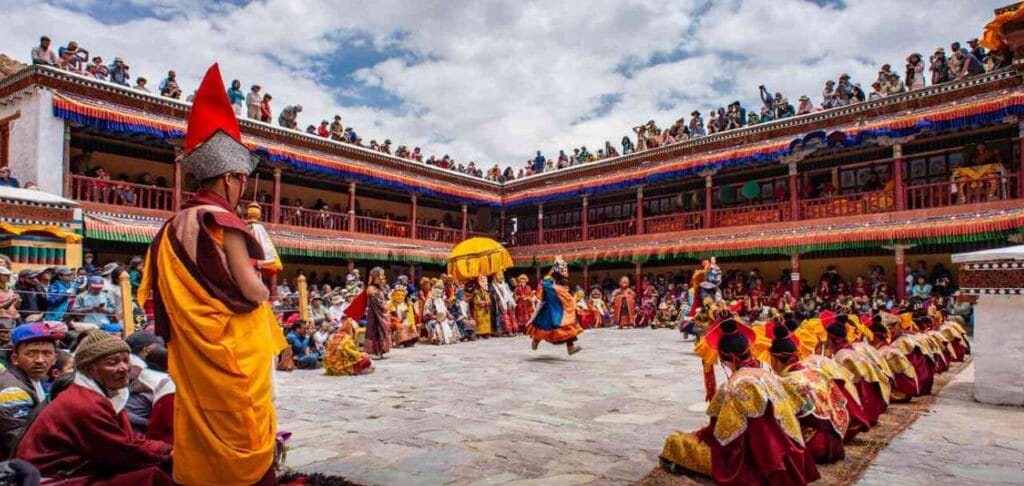

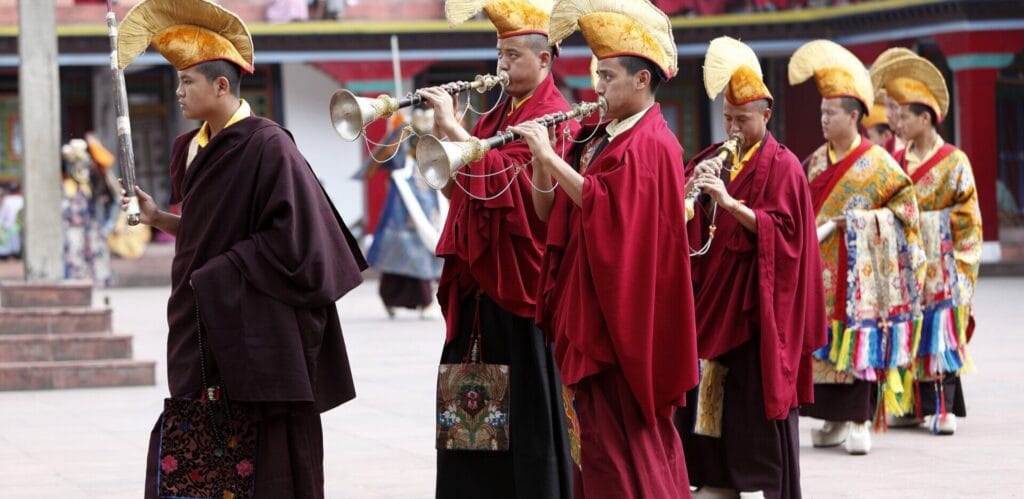

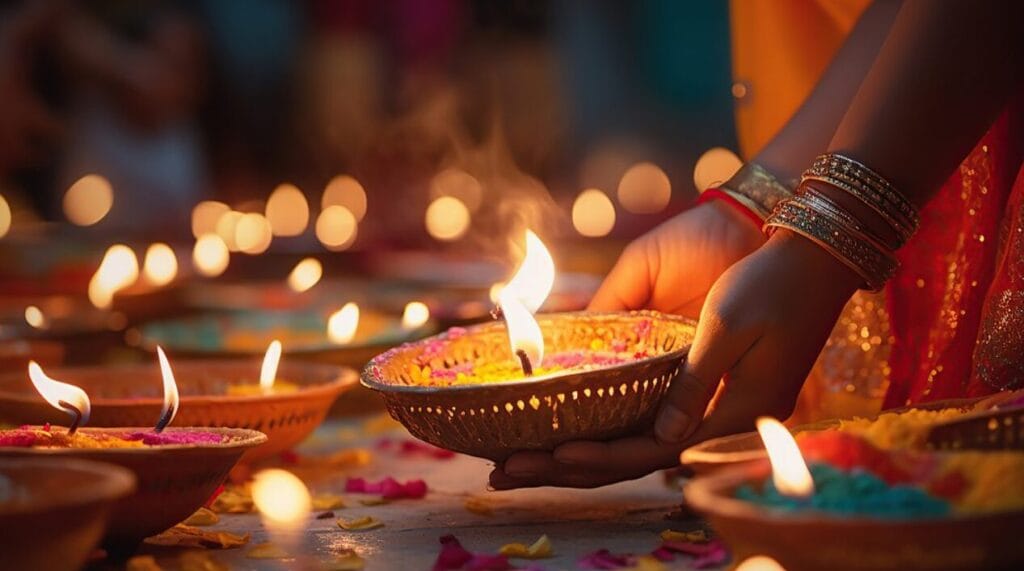

9. Yak Golf Course – World’s Highest
Situated in Kupup, East Sikkim, the Yak Golf Course stands at a staggering altitude of 13,025 feet and, as a result, holds the Guinness World Record for the highest golf course in the world. Moreover, this extraordinary feat is just one of many captivating facts about Sikkim—a state renowned for its stunning high-altitude landscapes, rich biodiversity, and remarkable achievements that combine natural beauty with global recognition.




10. The Singshore Bridge
Stretching 240 meters and towering 100 meters high, this suspension bridge near Pelling is the highest in Sikkim. It offers dramatic views of lush valleys and cascading waterfalls.
- Savoring Sikkim: A Culinary Journey Embracing the Flavors of Sikkim
- A Taste of Tradition : Exploring Sikkimese Culture and Cuisine
11. Gurudongmar Lake – Among the World’s Highest
Situated at 17,800 feet, this sacred lake is one of the highest in the world. It’s believed that Guru Padmasambhava blessed the lake so it wouldn’t freeze completely in winter.
12. Rani Dhunga – The Queen’s Rock
This mystical rock near Pelling is linked to a queen who is said to have hidden here during war. Footprints on the rock are attributed to Goddess Sita, making it a revered site.
13. Cleanest State of India
Sikkim has earned a reputation as the cleanest state in India, thanks to its progressive environmental policies and strong community participation. It was the first Indian state to ban plastic bags back in 1998 and has since implemented strict waste management practices, especially in urban areas like Gangtok, which is remarkably litter-free. Sikkim bagged the title of “Cleanest State” in the year 2016 as per ‘Swachh Survekshan Gramin 2016‘.
The state government has actively promoted eco-tourism, organic farming, and a zero-waste culture in villages and schools. Moreover, public awareness campaigns combined with strong local cooperation play a crucial role in maintaining cleanliness, thereby making Sikkim a model for sustainable and clean living in India.
14. Environmental Conservation Initiatives
From banning plastic bags to extensive reforestation efforts, Sikkim consistently leads in green governance. Consequently, the state’s environment-first approach has become a core part of its development model. Furthermore, Sikkim’s zero-waste culture focuses on reducing waste at the source through strict bans on single-use plastics and community-driven segregation practices. Notably, from schools to monasteries, locals actively embrace reuse, recycling, and composting as essential parts of their daily lives. This deep-rooted commitment to sustainability adds another layer to the many captivating facts about Sikkim, that makes Sikkim a truly exceptional.
15. Protected Biodiversity
Khangchendzonga National Park, a UNESCO World Heritage site, covers over 35% of Sikkim and is home to red pandas, snow leopards, and countless endemic plants.
16. Zero Tolerance for Honking
Gangtok, the capital of Sikkim, has an official ‘no honking’ policy that actually works! Driving here is a surprisingly peaceful experience.
17. Monastery Culture
Over 200 monasteries dot the state, with Rumtek and Pemayangtse being the most famous. They serve not only as religious centers but also as cultural archives.
18. Butterfly Capital of India
Sikkim hosts over 690 species of butterflies, making it a paradise for lepidopterists and nature lovers alike.
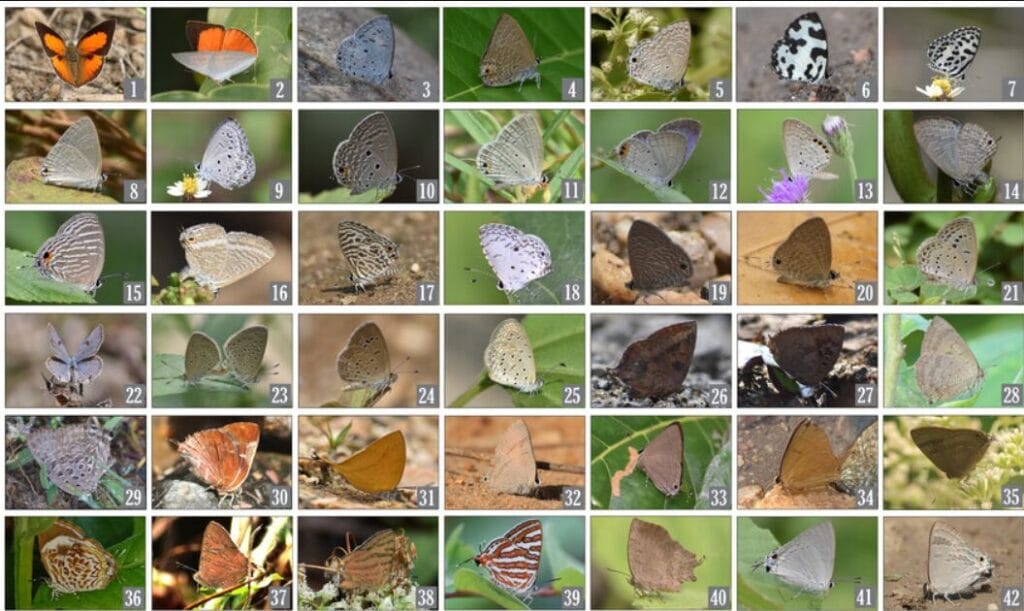

19. India’s Least Populous State
In spite of being second smallest state of India, Sikkim is the least populous among all states of India. As per the 2012 census there were only 6.19 lakhs people in Sikkim, helping preserve its peaceful charm.
- Paragliding in Sikkim: Best Sites, Prices & Thrilling Adventure Activities Amidst the Himalayas
- Hidden Adventures of Sikkim: Offbeat Experiences You Shouldn’t Miss
- Hangu Lake: Hidden Alpine Gem of East Sikkim
20. Responsible Tourism Practices
Sikkim promotes eco-tourism and limits footfalls in sensitive areas like Tsogmo Lake and Yumthang Valley to preserve their natural beauty.
21. A Spirit of Harmony
What struck me most during my time in Sikkim was how communities coexist peacefully. Whether in temples, monasteries, or bustling markets, a deep sense of mutual respect prevails.
Fascinating Bonus Facts About Sikkim
In addition to the 21 captivating facts about Sikkim mentioned above, Sikkim holds several remarkable distinctions that set it apart from the rest of India and the world.
- India’s First Open Defecation Free (ODF) State – Sikkim achieved this milestone well ahead of national targets, showcasing its commitment to hygiene and public health.
- Longest-Serving Chief Minister in India – Shri Pawan Kumar Chamling led the state for over 24 years (1994–2019), setting a national record after Jyoti Basu of West Bengal whose term as CM was of 23 years.
- Home to the Third Highest Peak in the World – Kangchenjunga, revered by locals, is not only India’s highest peak but also the third tallest globally.
- Second Largest Producer of Large Cardamom Globally – Sikkim plays a significant role in the global spice trade, particularly through its organically grown cardamom. Alongside ginger, cardamom is one of the state’s major cash crops. Sikkim is the second-largest producer of large cardamom in the world, after Guatemala, making it the top cardamom-producing state in India. Its organic cultivation practices add further value and global appeal to this prized spice.
- Hosts Some of the Highest Lakes in India – Gurudongmar Lake and Cho Lhamu Lake are among the highest freshwater lakes in the country.
- Highest Number of Glaciers in India – Sikkim is home to the highest number of glaciers among all Indian states and union territories, with a total of 84 glaciers. These glaciers play a vital role in feeding the region’s rivers and sustaining its lush landscapes. This unique natural wealth not only enhances Sikkim’s ecological significance but also makes it a standout destination in India’s tourism sector.
- Home to One of the Hottest Chillies in the World – Sikkim grows one of the hottest chillies in the world—the fiery ‘Dalle Khursani’, which has earned GI tag status for its intense heat and unique flavor. Consequently, locals produce various pickles using organic Dalle Khursani, supplying them not only across India but also exporting them internationally.
- Tourist Attractions in Ravangla, South Sikkim
- Exploring Sikkim in 2025: Best Tourist Destinations, Food, Culture & Adventure in the Himalayas
- North Sikkim Travel Diary: A 6-Day Group Tour from NJP to Gurudongmar & Beyond
- Exploring Gangtok : The Vibrant Capital of Sikkim
- Unveiling Sikkim’s Hidden Gems: 15 Offbeat Destinations for the Curious Traveler

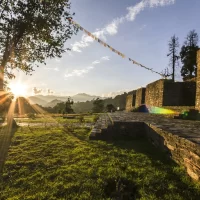

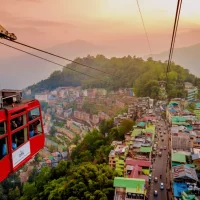
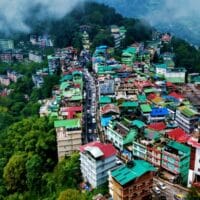



Leave a Reply